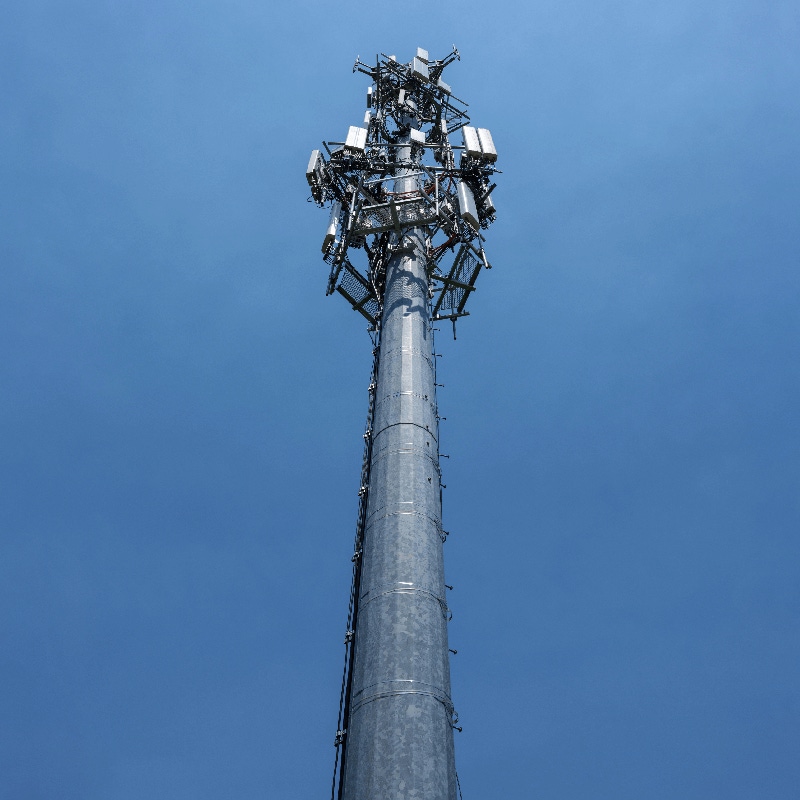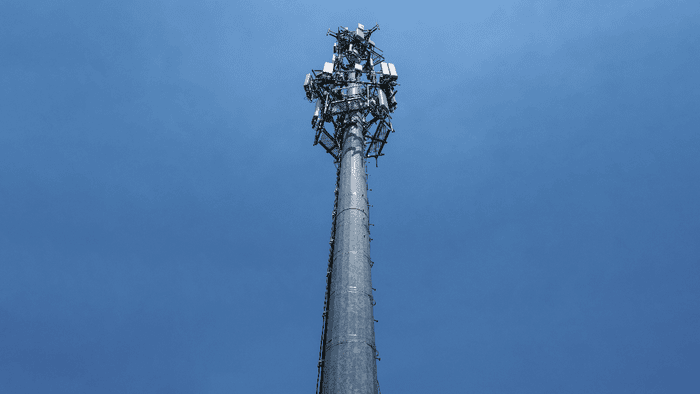Did FWA already peak in the US?
According to one official, FWA accounted for 95% of broadband net customer additions among top US operators in the third quarter. But one analyst firm believes that won't continue.

Fixed wireless access (FWA) has been dominating the US broadband market for most of 2022.
That's certainly been welcome news to FWA providers like T-Mobile and Verizon and equipment suppliers like Ericsson.
"Over the past year, there were about 3,260,000 net broadband adds, with fixed wireless services accounting for 56% of them," noted analyst Bruce Leichtman, of Leichtman Research Group, in a release in August, following the close of the second quarter reporting season.
And that FWA momentum appeared to continue through the third quarter.
"FWA accounted for 95% of broadband net adds among top 6 providers in the US!" tweeted John Yazlle, Ericsson's top FWA executive.
10,000/day! With a combined 920k FWA net adds, @TMobile and @Verizon together delivered an impressive daily average of 10,000 FWA net adds during 3Q. FWA accounted for 95% of broadband net adds among top 6 providers in the US!#fixedwireless, #digitaldivide, #5G pic.twitter.com/y1juPKJwZi
— John Yazlle (@JohnYazlle) November 2, 2022
For Yazlle, that may not come as a total surprise. In 2020, he wrote a post on Ericsson's website titled "FWA could be the best growth opportunity in telecoms right now."
The rise of FWA has certainly been a hot topic among cable company executives this year. After all, subscriber growth in the US cable industry stalled for the first time ever this year – and FWA is likely a major reason for that.
A coming slowdown?
However, some analysts are warning that the good times for FWA in the US may soon come to an end.
"If FWA, whether directly or indirectly, is the primary source of pressure of cable broadband growth, then if FWA slows, cable should accelerate," wrote the financial analysts at New Street Research in a recent note to investors. "FWA will slow, eventually."
Figure 1:  (Source: Phil Harvey/Alamy Stock Photo)
(Source: Phil Harvey/Alamy Stock Photo)
They continued: "FWA gross adds have been on a tear, but it looks like the pace of growth is starting to slow. This makes sense – there is a limit to the share of decisions one competitor can capture in a competitive market, no matter how brilliant they are."
Specifically, they noted that T-Mobile's net FWA customer additions have already begun showing signs of slowing. Although the company reported major customer gains in the first and second quarters of this year (406,000 in the first quarter and a whopping 659,000 in the second quarter), that growth curve moderated in the third quarter to 728,000.
Indeed, the New Street analysts speculated that T-Mobile's postpaid net FWA customer additions may have already peaked, and that its gains are now primarily coming from prepaid and business customers.
Verizon, meantime, continues to grow its own FWA customer base. But the New Street analysts noted that Verizon's midband 5G network buildout is a year or two behind T-Mobile's, and therefore Verizon too "will eventually follow a similar trajectory as T-Mobile."
"We would bet that FWA adds will peak in aggregate sometime next year," the analysts noted.
The reason, they explained, is simple: 5G networks can only support so many customers, after which point they can become too overloaded.
What's next
T-Mobile officials addressed the topic during the company's recent quarterly conference call, arguing that the operator still has plenty of network capacity to allocate to future FWA customers. "We're not seeing any issues with capacity," said CEO Mike Sievert.
T-Mobile's networking chief Neville Ray said the operator still has a wide array of spectrum resources – from 2.5GHz to C-band to 3.45GHz – that it can allocate to FWA. He said the company believes it can reach its goal of 7-8 million FWA customers by 2025 with its current network investment plan.
However, Sievert said T-Mobile may decide in the future to invest more heavily into its network to expand its FWA ambitions further. He suggested that could involve an increase in network spending, presumably to deploy millimeter wave spectrum via small cells.
"If we look at that fixed wireless space and decide to augment our capital-free business plan with an additional business plan that's burdened with some capital, we'll let you know about that. We won't surprise you with that. But that's something we wouldn't completely rule out because we have great assets," he said.
Related posts:
— Mike Dano, Editorial Director, 5G & Mobile Strategies, Light Reading | @mikeddano
About the Author(s)
You May Also Like


.jpg?width=300&auto=webp&quality=80&disable=upscale)


_International_Software_Products.jpeg?width=300&auto=webp&quality=80&disable=upscale)






